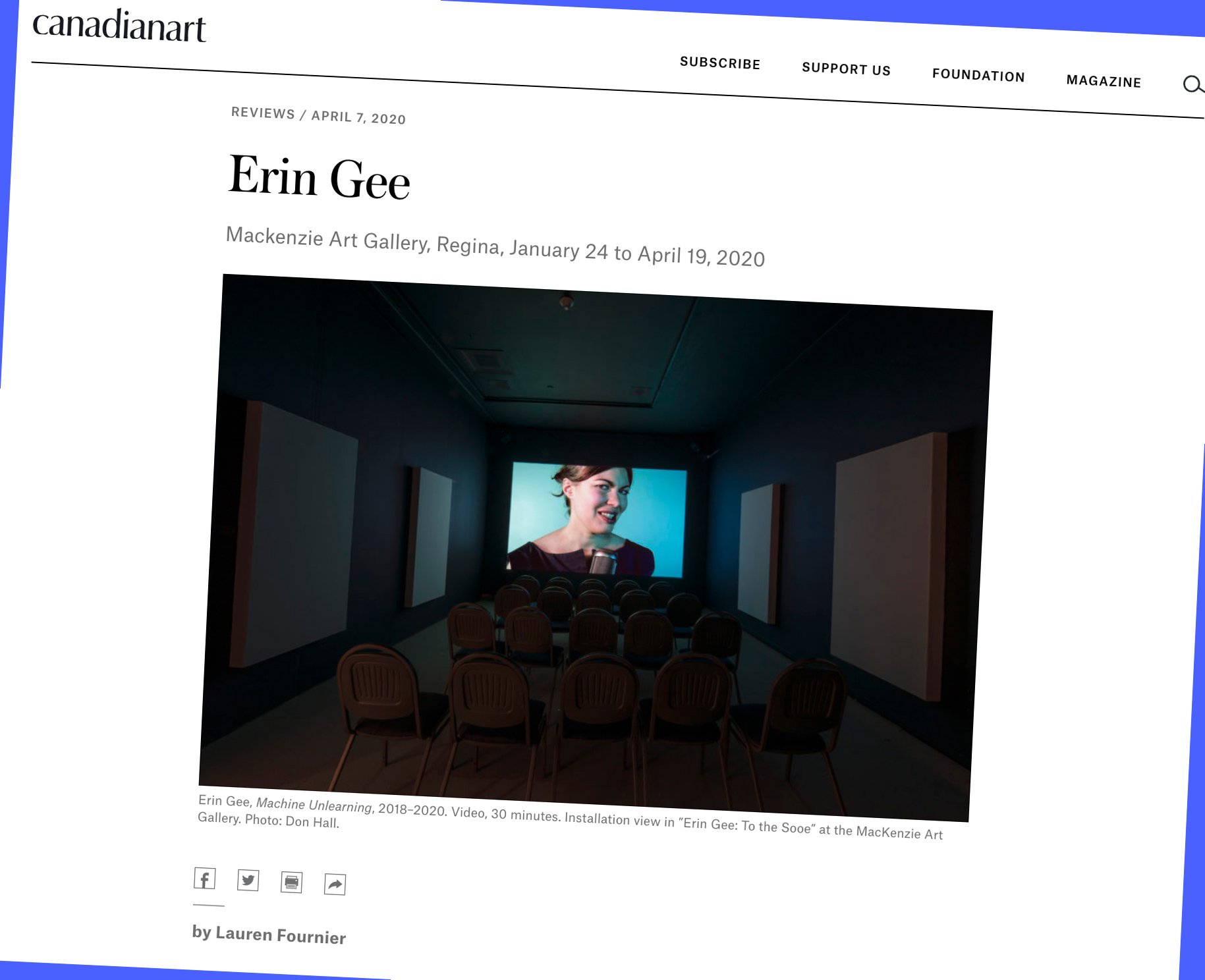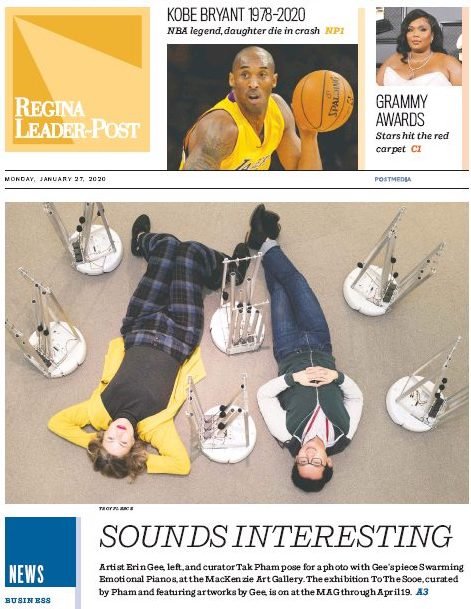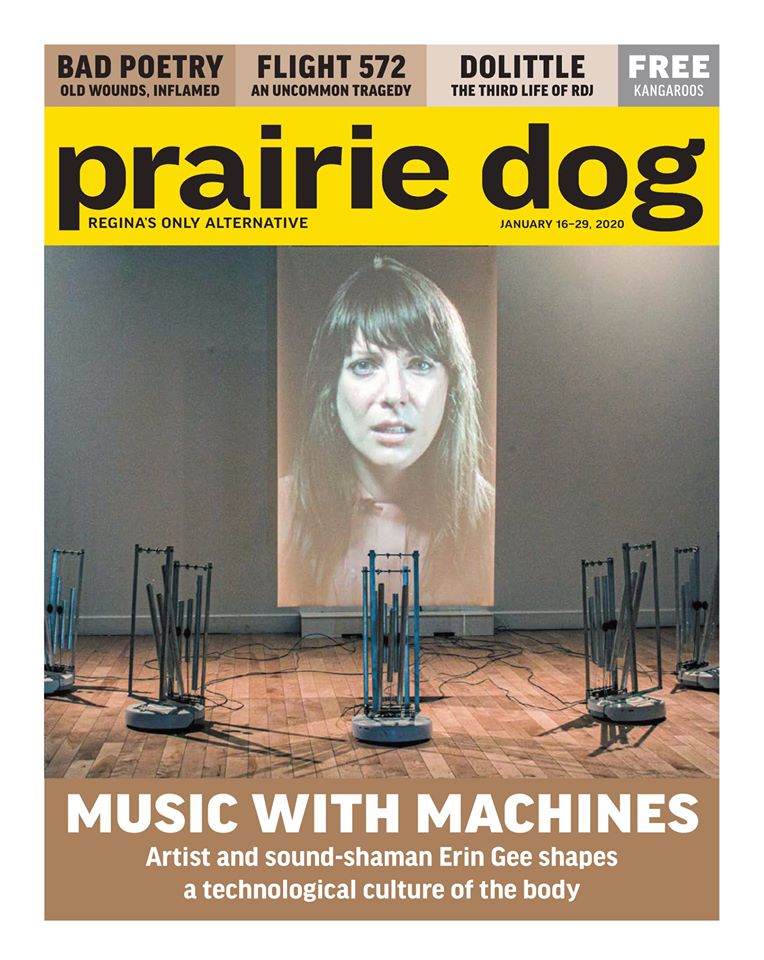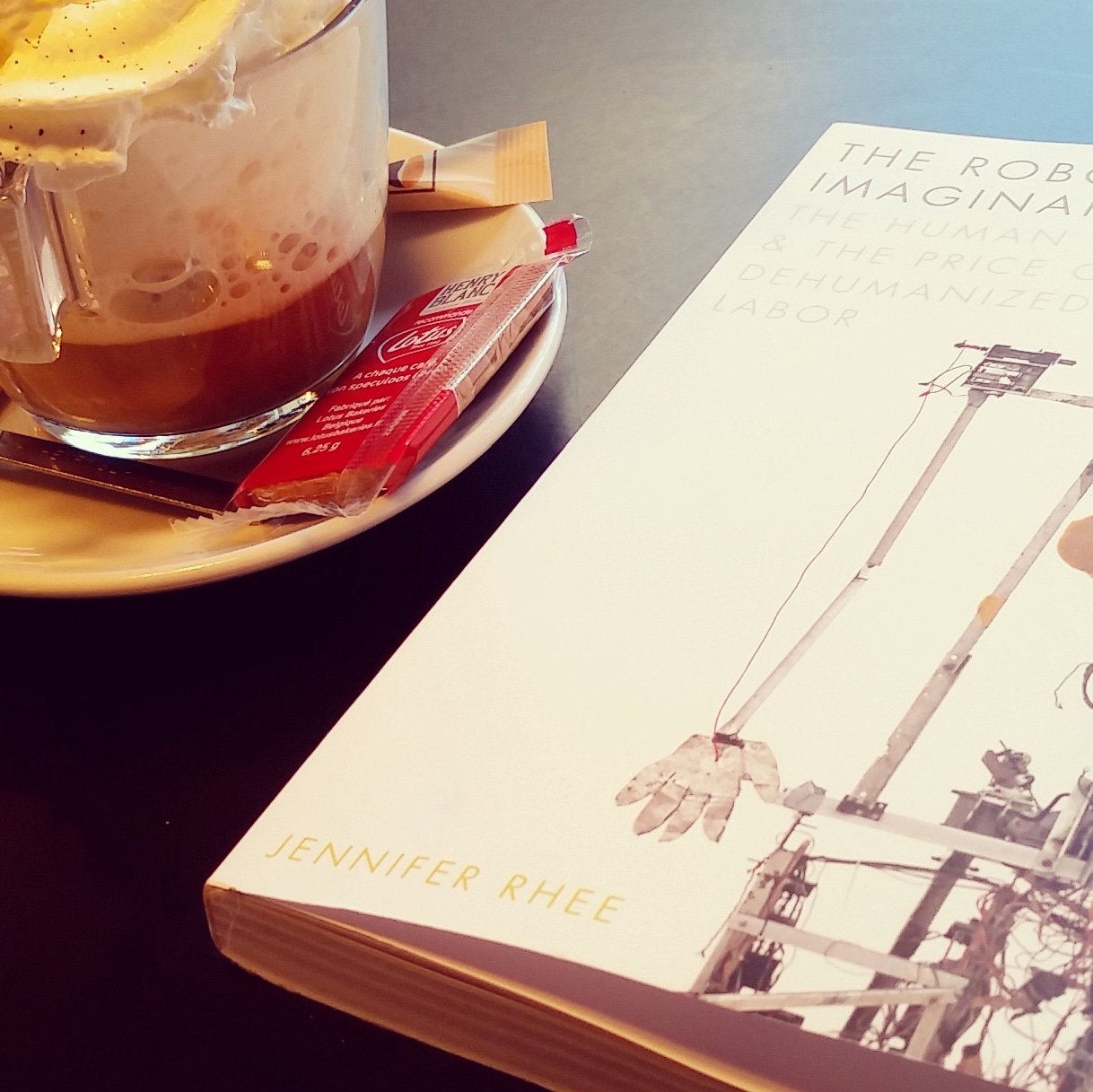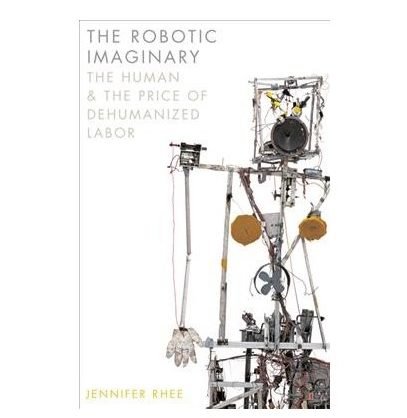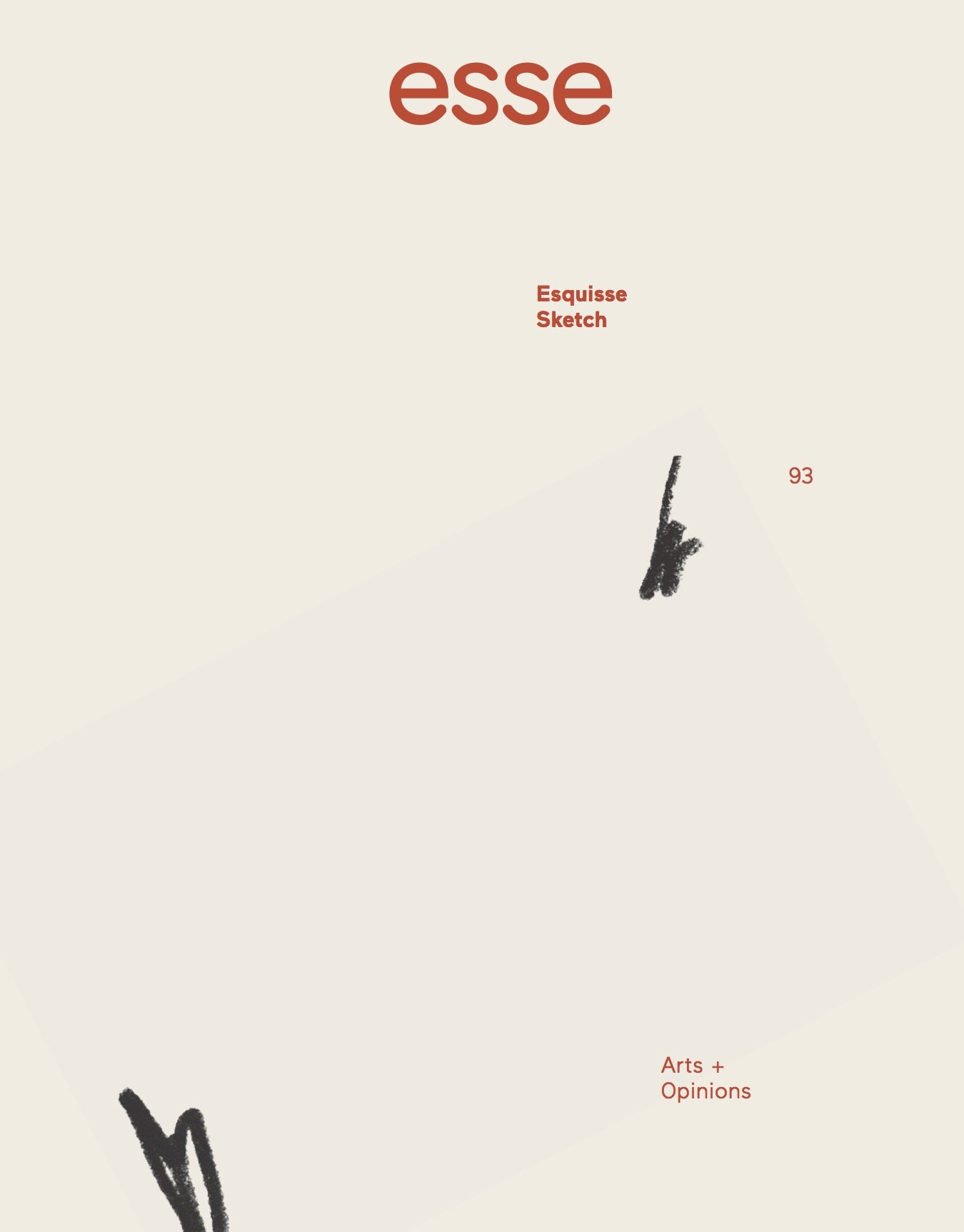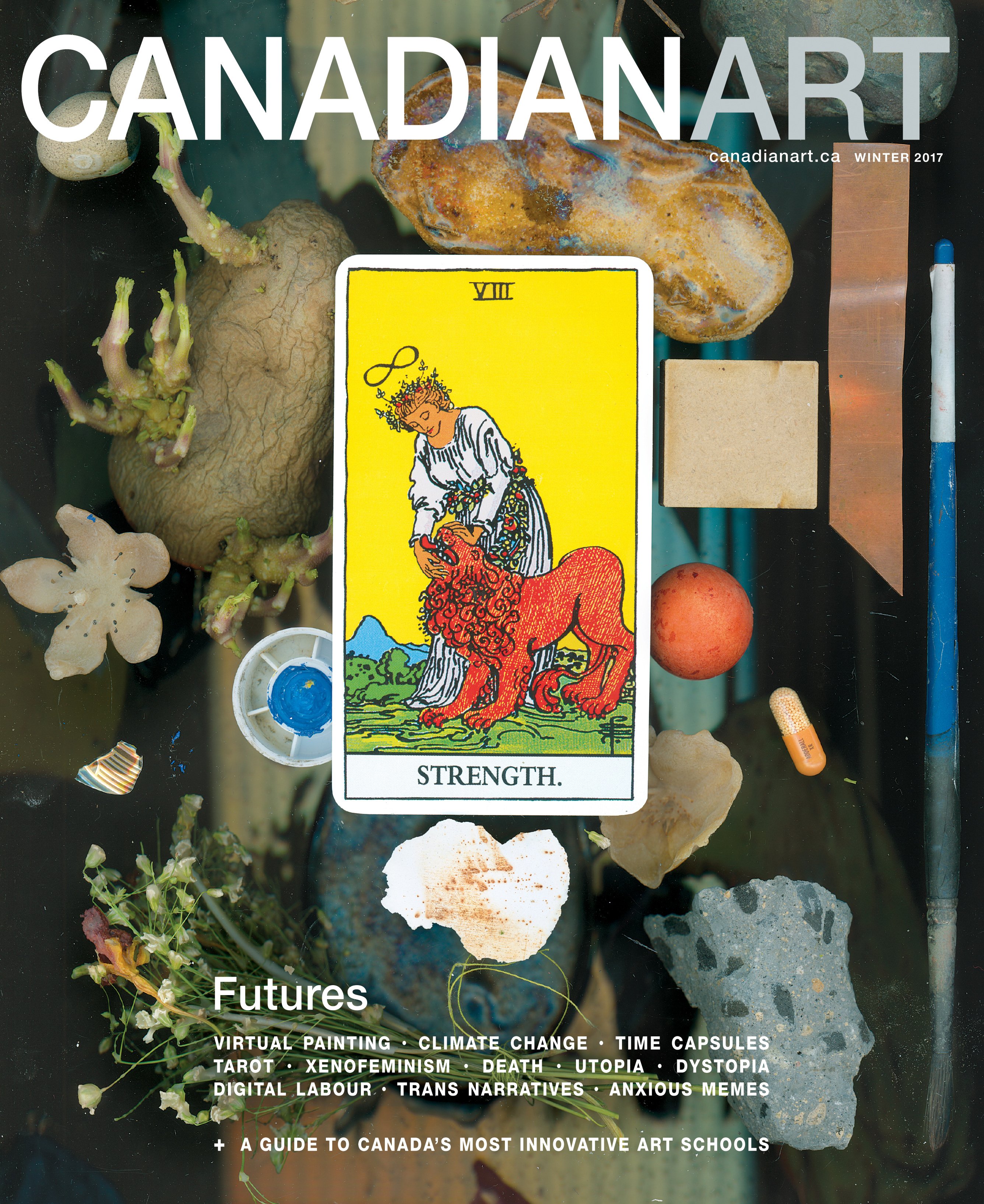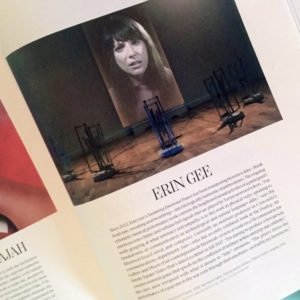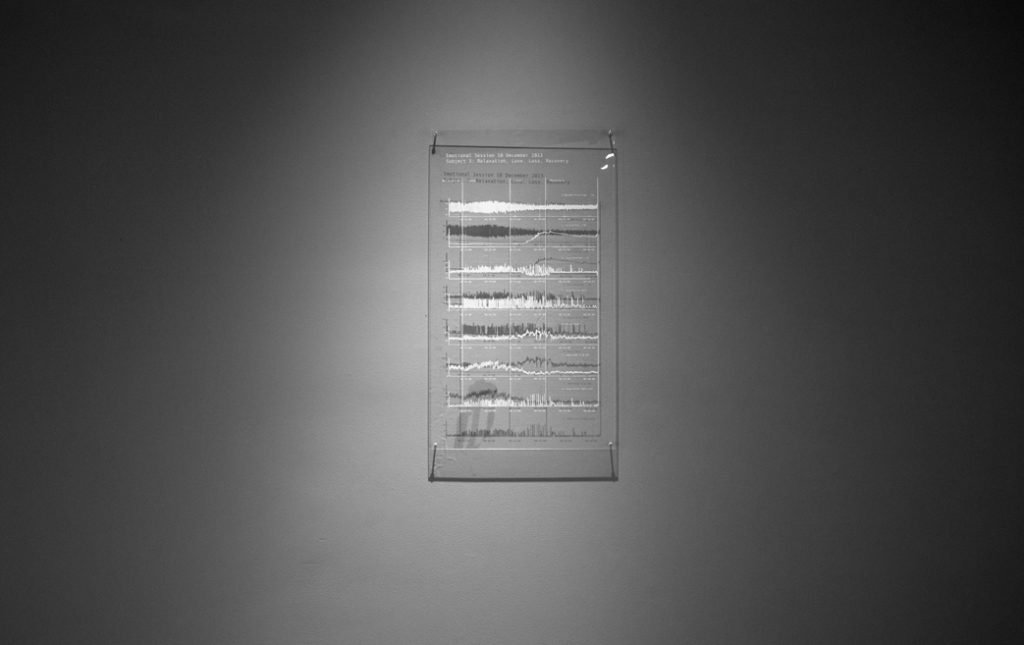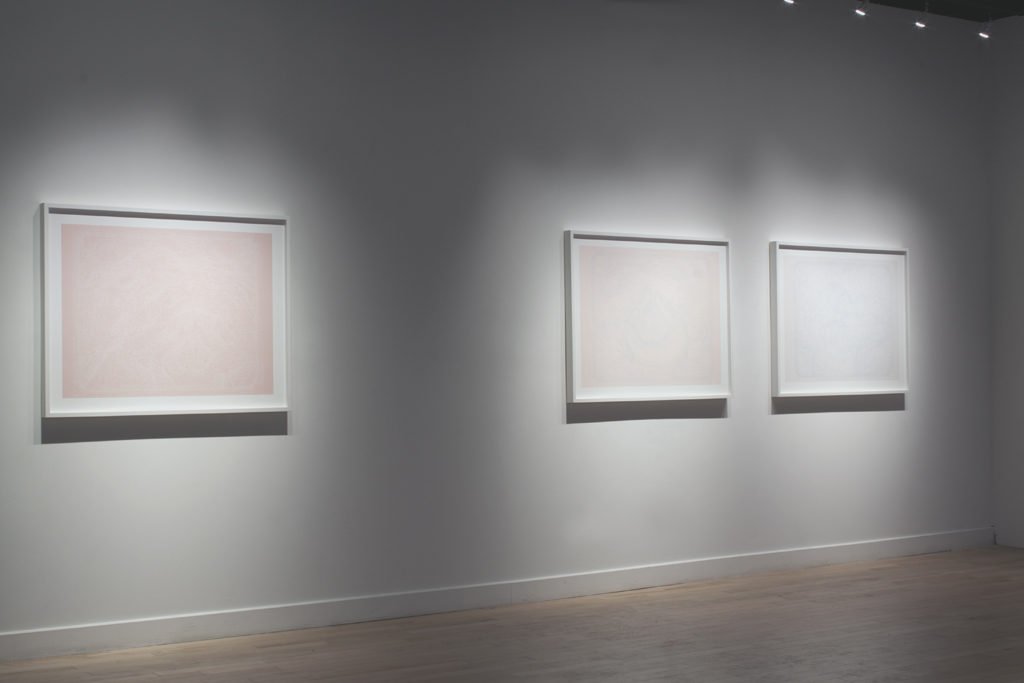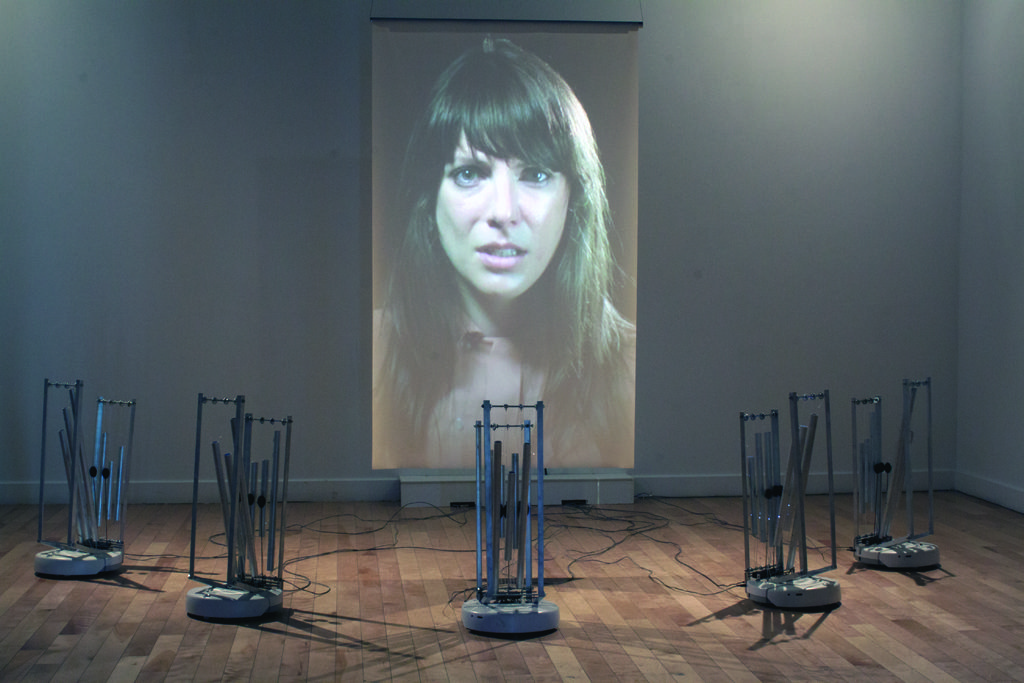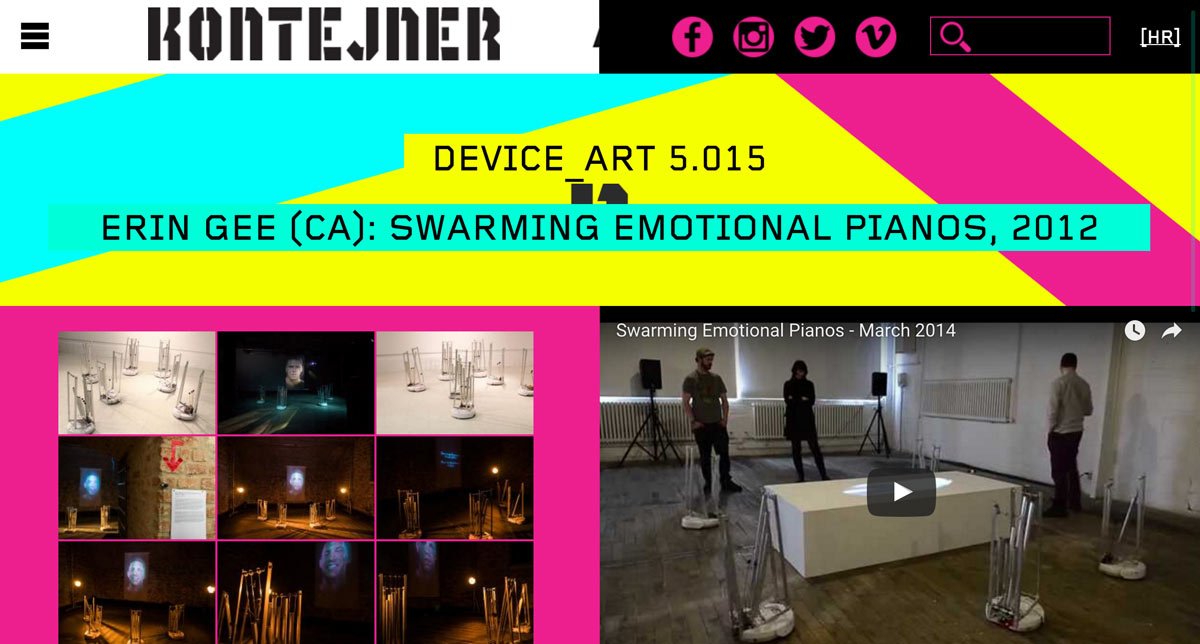Review of solo exhibition – Canadian Art
“To the Sooe” is my first solo exhibition in a major Canadian institution, curated by Tak Pham at the MacKenzie Art Gallery . I am happy to announce the exhibition was recently reviewed by artist and curator Lauren Fournier and published in Canadian Art. This is my first solo exhibition in a major Canadian institution and I am thrilled by the positive response from critics. The exhibition closed early due to COVID-19, which is noted elegantly by the reviewer:
“Erin Gee’s “To The Sooe” reflects on the valences of emotional life in a post-internet world, gesturing to the many resonances between humans and machines in a time when the humanity of algorithms, data and screens might seem at odds with the complexities of feeling. Having visited the exhibition just weeks before the gallery’s temporary closure due to COVID-19 physical distancing measures, I am now struck by how prescient the work is in this moment of quarantine and self-isolation, when, for most of us, our primary means of communication, intimacy, and connection with others is through technology.”- Lauren Fournier
Click below to read the full review on Canadian Art.


